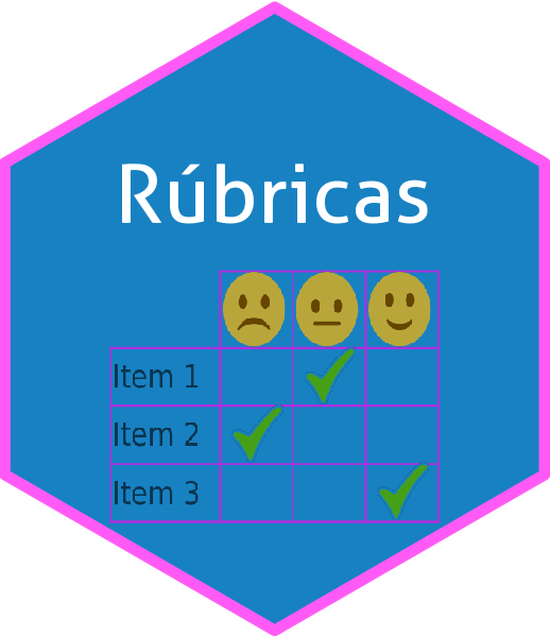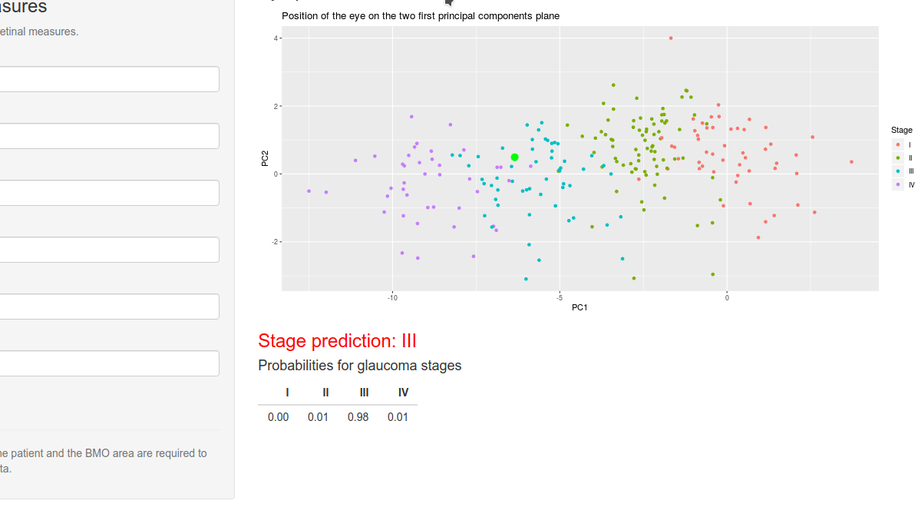Aprende con Alf
Recursos Educativos Libres
Matemáticas, Estadística y Programación para Educación Superior

Recursos Educativos Libres
Matemáticas, Estadística y Programación para Educación Superior

Últimas noticias y novedades
Me alegra anunciar que ya está disponible una nueva sección sobre Aprendizaje Automático donde he publicado una colección de prácticas de aprendizaje automático con R orientadas sobre todo a Ciencias de la Salud, aunque también pueden ser de utilidad para otros campos.
Padre y activista ecologista, trabajo como profesor de Matemáticas y Estadística en el Departamento de Matemática Aplicada y Estadística de la Universidad CEU San Pablo. Investigo en Ciencia de los Datos, Bioestadística y Aprendizaje Automático. Domino los lenguajes de programación R, Python y LaTeX.
Doctor en Inteligencia Artificial, 2016
Universidad Politécnica de Madrid
Licenciado en Matemáticas (Computación), 1993
Universidad Complutense de Madrid

Aplicación web para la evaluación mediante rúbricas.

Un paquete de R para el aprendizaje de Estadística

Primary open-angle glaucoma (POAG) is considered one of the main causes of blindness. Detection of POAG at early stages and classification into evolutionary stages is crucial to blindness prevention. Methods: 1001 patients were enrolled, of whom 766 were healthy subjects and 235 were ocular hypertensive or glaucomatous patients in different stages of the disease. Spectral domain optical coherence tomography (SD-OCT) was used to determine Bruch’s membrane opening-minimum rim width (BMO-MRW) and the thicknesses of peripapillary retinal nerve fibre layer (RNFL) rings with diameters of 3.0, 4.1 and 4.7 mm centred on the optic nerve. The BMO-MRW rim and RNFL rings were divided into seven sectors (G-T-TS-TI-N-NS-NI). The k-means algorithm and linear discriminant analysis were used to classify patients into disease stages. Results: We defined four glaucoma stages and provided a new model for classifying eyes into these stages, with an overall accuracy greater than 92% (88% when including healthy eyes). An online application was also implemented to predict the probability of glaucoma stage for any given eye. Conclusions: We propose a new objective algorithm for classifying POAG into clinical-evolutionary stages using SD-OCT.